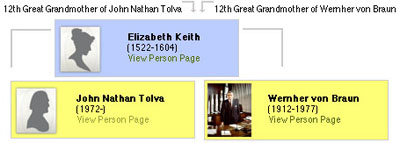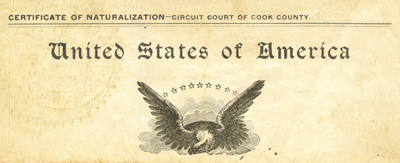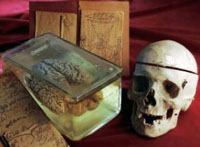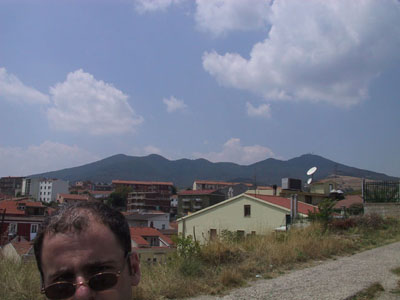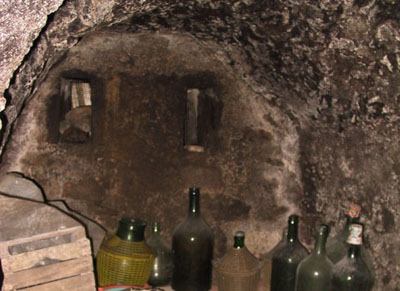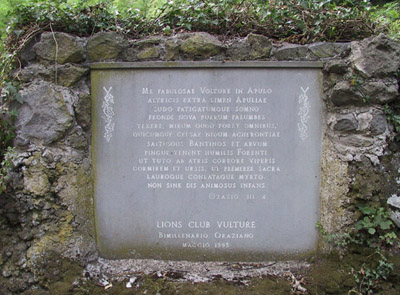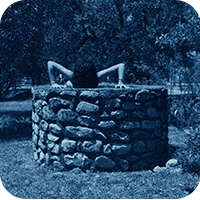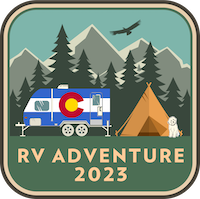Roof, raised
Continuing down the checklist of things I’d like to see/do at Wrigley Field (lounge in the outfield, check; witness drubbing of Sox in crosstown match, check), Tuesday night was my first game viewed from a building rooftop outside the park. Those of you who don’t follow baseball may not know that Wrigley, being a 93-year-old urban ballpark, is tightly surrounded by a residential neighborhood. Three-flats line left and right field and, except two that display advertising, each of these buildings have for years hosted private groups on their rooftops. It is a unique vantage, this outsiders’ view inside.
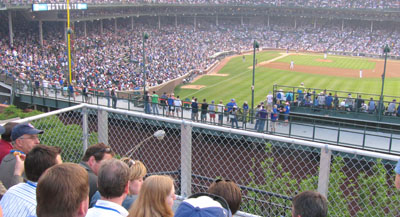
I remember watching a game with my grandfather in the late 70’s when Bill Buckner hit a home run out of the park and shattered a window in one of the buildings. I thought, wow, someone is going to come home from work and find a great surprise. Of course, these days very few come “home” to these buildings. The homes have been almost completely taken over by the “clubs” which perch atop them. Many are owned by local bars, nearly all are managed by the same company. (After a nasty battle involving the erection of screens to partially obscure the view from the roofs most of the clubs agreed to give the Cubs 17% of their revenue annually.) There’s one private club too. A few years ago my wife tried to get tickets for me up on a roof for my birthday. It was next to impossible because the roofs are really for groups, corporate outings, and the like. Sorta like a skybox, except across the street.
I was invited by a friend who was in with some Chicago society of CPAs. Yes, I was on a Wrigleyville rooftop with a bunch of accountants: good times! I tried to keep out of conversations — which was easy given the free beer and food and the fact that I was there to watch a baseball game. And that’s the thing about the rooftops. Many people hardly notice what’s going on in the ballpark. (It is, in that way, very much like a skybox.) Most are corporate types, many are not Cubs fans or even baseball fans. Of course, you get this in the park too, but on a rooftop quarters are tight — tighter than I imagined — and you’re kinda stuck with these folks.
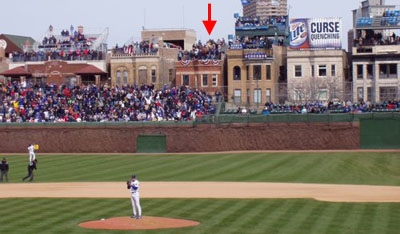
The rooftops all have high-def TV’s sprinkled around, but the broadcast delay makes it almost useless for anything but replays. I was grabbing a beer in an area where I could not see the park and I heard a cheer go up. I looked up at the screen and the camera was on the pitcher, scratching himself. To make matters worse the audio is off and they are playing the radio coverage of the game, which has no delay.
The view is great though. Not that much worse than some of the cheap seats in the upper deck. The only thing you can’t see is activity on the track near the ivy. But you use the cheers or sighs from the bleacher bums to determine what happened there. And of course it is just fun conceptually: I’m watching a live baseball game and I’m not in the park.
In the end I suppose the idea is a bit better than the experience. Of course, I didn’t pay for the ticket (which was at least $90) — and perhaps it would have been more fun with a roof full of friends — so I can’t complain really. It just wasn’t the raucous time that the park delivers. I think I’d rather be inside.
Why go tapeless?
No moving parts.
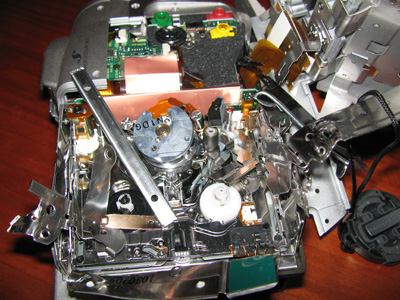
Imagine what the tape looked like when I finally got it out.
Update: You know this whole thing reminds me of the hell of getting my data out of Outlook a few years ago. People care about the data, not the app. Same goes for hardware. I didn’t think twice in destroying a videocam in my pursuit of a stuck videotape with Christmas 2006 on it.
See also: Canon Fodder.
Canon fodder

Convergence is not a flavor of tech hype I’m particularly susceptible to. Best device for the task, and all that. But both my trusty mini-DV cam and still camera went south at about the same time and so I naturally wondered if I could get away with a single camera. About a year before I was able to play around with a friend’s remarkable straight-to-memory videocam (which because of its small size enabled things like this). It was far too expensive to justify, however.
Enter the the Canon TX-1, by most accounts the first reasonably-priced ($500) high-definition tapeless camcorder that takes equally good stills. I’ve had it for a little over a week now and I’m totally impressed. There’s a comprehensive review over at DCRP, but here are a few quick thoughts.
Video image quality is stunning. It captures at 720p in 16:9. The downside is filesize, since the format is not MPEG but rather MJPEG (wrapped in an AVI container). MJPEG is literally a stream of single JPEG-compressed images. 15 minutes of video captured this way is a whopping 4GB. Even with the new 8GB SDHC cards on the market the TX-1 will stop recording at 4GB. (You can start a new clip immediately though.) The upside of MJPEG is that, since there is no inter-frame compression, you can actually pluck a still from the middle of the video and get a 7.1 megapixel shot. In fact you can take a still photo while shooting video. Nice touch — except that the camera records a frozen shot and shutter noise into the video itself. What’s up with that? Of course, you don’t have to capture in high-def. Video shot at VGA resolution looks quite good. You can capture a few hours at this rate, depending on tweaking.
The form factor is vertical, which takes some getting used to. Like you’re shooting a gun. People have complained about being unable to shoot with one hand. It can be done, it just takes time to learn. The really hard part is not the form but the size. The thing is just tiny, hardly bigger than a pack of cards. I constantly feel like I am going to drop the thing.
iPhoto works fine in snagging photos and videos from the camera … to a point. Any video larger than about 3/4 GB chokes. You must use the included Canon ImageBrowser software to remove files this size and larger, which is a bummer because the software itself is crappy. Hopefully iLife ’07 will address this issue.
So to recap. $500, tapeless, high-def video, 7.1 megapixel stills, tiny, great 10x optical zoom. Highly recommended.
Pass it down
Saturday I attended possibly the most enjoyable baseball game I have ever seen in person. My father-in-law was in town. Our family schedule parted as miraculously as the Red Sea and living within walking distance of the park, I proposed going to see the Cubs versus our crosstown rivals the Sox. Nevermind that we didn’t have tickets. Nevermind that it was the nicest day for a baseball game all season. Never mind that it was the first series with the Sox. We figured we’d get taken by scalpers, but in fact the Cubs have a licensed reseller (read: official scalper) selling gameday tickets on location. We got tix four rows from the field on the Cubs side. Cost: um, more than face.
It was perfection. Suffice to say that the wind was blowing out, no one held a lead for very long, and a certain beloved Lee (not Elia, bless his profane heart) who was on the bench with a neck spasm emerged from the dugout to bewildered but deafening applause, whiffed once, sat on three, and then smacked one into the bleachers. Oh, also the bases were loaded. (A pinch hit grand salami, for goodness sake. Can anyone tell me the last time that happened with the Cubs?) Good times.
But what I really want to talk about here is drinking beer at Wrigley. Admittedly I’ve only been to a few other parks in my life, but I have to think the culture of beer is stronger in The Friendly Confines. Hell, it is the only park to have baseball cards for every single beer vendor.
So there’s a whole set of unwritten rules regarding buying from beer vendors at Wrigley. Here is the obligatory How To (Digg front page, here I come!):
- Yell “Hey Old Style!” like you’re picking a fight or sheepishly flag down the Bud guy.
- As he works his way up or down the rows serving other fans remind him of your order periodically by throwing peanuts his way and waving the number of beers you want his direction. Actually, don’t throw peanuts.
- When he gets to your row he’ll normally hold his index finger and thumb like he’s holding your ID. This means send it down the row.
- Do the math. $6 times the number of beers requested. Pass this and a little more plus your ID to the person next to you for delivery down the row.
- Watch as every person handles your ID, looks at your photo, and basically learns who you are.*
- Wait for the beers to be passed down to you while enduring the obligatory “sip charge!” heckling from those having to pass them.
- Flash the number of dollars you want back, implying the tip, to the vendor. Remember, he has your ID and he hasn’t spit in your beer (yet).
- Enjoy beer.
[*] Does anyone find it odd that the park is now carding people this way? I’m not opposed to enforcing the age limit, but in what other circumstance would I be forced to put one of my most important identification documents in the hands of a row full of total strangers? Privacy nuts are obviously not ballpark beer drinkers.
To make matters worse, my ID is actually cracked at the top from where the top of it pokes out of the sleeve in my wallet. Apparently consistent ass-pressure over the years has made it so. The vendor in the stands told me that he couldn’t sell me another one with an ID like that and, sure enough, when I went to get more after a potty break under the stands I was rejected. (Luckily, a nearby seatmate stranger — part of an earlier pass-the-money pass-the-beer bucket brigade — was in line right next to me. So he bought my beer.) But still, the policy is no altered, broken, or frayed ID’s will be accepted. Altered, ok. But broken or frayed? Do they think we keep our ID’s in some kind of Centers for Disease Control white room? It is under our ass 70% of the day, for god’s sake!
I’ll leave you with the completely unrelated but absolutely hilarious rant by the Sox head coach, Ozzie Guillen, the day the series started. Idiot.
And now, a dork moment
OK, got some questions I want to inject into the Googlesphere in the hope they will one day be answered.
- Does anyone know when Feedburner will support splicing Twitter feeds? Any other good solutions?
- Is there a way to convert webcal feeds to RSS?
- Does a Firefox extension exist to prevent a single tab (say the leftmost) from scrolling off the screen when you have many tabs open in Firefox?
- OK, I use Lotus Notes for Mac. Laugh for a moment … now here’s the question. Does anyone know how to enable Chinese character display in Notes for Mac?
- Lastly, how can I make money quickly by helping millionaires in west Africa, specifically, Nigeria?
Thank you.
Birds, bees, Burger King
On a recent trip to visit my parents I drove by this Burger King and it immediately came back to me. This spot, this very location, is where my mother explained to me the concept of human intercourse. It is burned into my memory.
We had just grabbed some BK to go and, apparently, mom thought discussion of sex was an appropriate topic to share over french fries. I believe I was mortified and intrigued and that I lost my appetite.
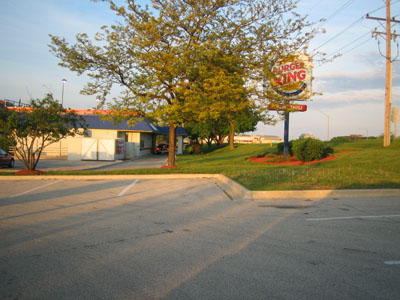
And before you ask, this little life event was decades ago, not in the last few weeks.

